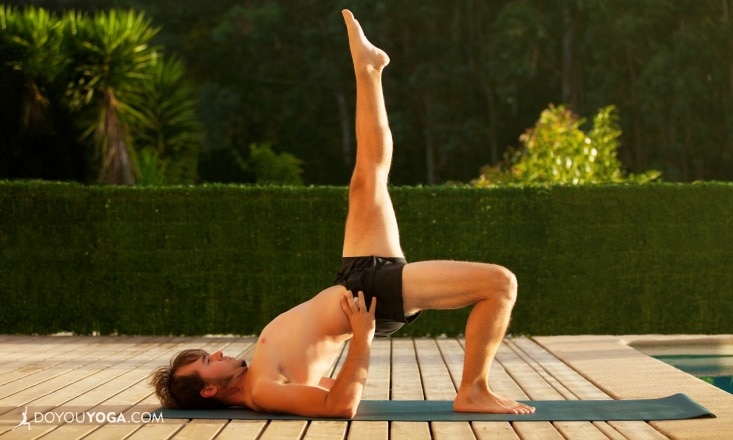One misconception many have about yoga teachers is that we all practice yoga all the time.
The reality, however, is that many teachers lose their yoga practice because they’re teaching too much and are tired, are burned out on practicing, or maybe even both. Still, maintaining your personal practice going is important as a yoga teacher. Here’s why.
1. Some of the best learning moments don’t happen in the classroom with a teacher.
Most of my “aha” moments have occurred while moving body, at my own pace, in my own home—just me moving organically and intuitively and not following a set sequence. I keep a journal next to my mat and make notes about the discoveries I am having.
2. Before applying new concepts and techniques to your teaching, you need knowledge and experience working with them in your own practice.
When you attend a training program and/or learn new yoga techniques, poses, or concepts, you need to go try these on and work with them before teaching them to your students. The best way to do this is to experience them.
3. Our bodies and physical abilities change constantly.
Your body changes daily, and getting on the mat helps you recognize this, helps you facilitate change, and also helps you acknowledge possible limitations. Recognizing limitations will help you take care of yourself and avoid injury when you are teaching.
4. Practicing regularly helps you understand your students more.
A regular practice will help you be able to understand and relate to your students and the struggles they have when they step on the mat. Staying tuned in to your beginner’s mind can get more and more challenging as the years pass.
How to Keep Your Personal Practice
Now, your next question might be “How do I make that happen?” These are the ways that I have worked through times where my practice has started to fall away.
- Be ok with having a short practice. Your practice doesn’t have to be an hour long. Just get on the mat. Some days my practice is an hour, other days it is only 15 minutes. Both types of practices have benefits, though and I don’t berate myself for not having a long practice. I am grateful that I found the time at all.
- Establish a routine. Create a time of day that you practice and stick to it. When that time of day rolls around, get on the mat and do some type of practice.
- Find a teacher who speaks to you. Find a teacher whose classes and teaching style resonate with you and allow you to really gain insight into your own practice, and get to their classes as often as you can.
Are you a yoga teacher? What are some ways you keep your personal practice thriving? Share with me in the comments!


